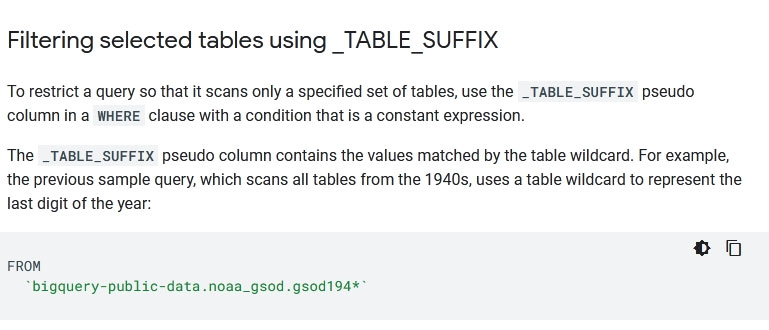You work for a bank. You have a labelled dataset that contains information on already granted loan application and whether these applications have been defaulted. You have been asked to train a model to predict default rates for credit applicants.
What should you do?
B
You need to migrate a 2TB relational database to Google Cloud Platform. You do not have the resources to significantly refactor the application that uses this database and cost to operate is of primary concern.
Which service do you select for storing and serving your data?
D
You're using Bigtable for a real-time application, and you have a heavy load that is a mix of read and writes. You've recently identified an additional use case and need to perform hourly an analytical job to calculate certain statistics across the whole database. You need to ensure both the reliability of your production application as well as the analytical workload.
What should you do?
B
You are designing an Apache Beam pipeline to enrich data from Cloud Pub/Sub with static reference data from BigQuery. The reference data is small enough to fit in memory on a single worker. The pipeline should write enriched results to BigQuery for analysis. Which job type and transforms should this pipeline use?
C
You have a data pipeline that writes data to Cloud Bigtable using well-designed row keys. You want to monitor your pipeline to determine when to increase the size of your Cloud Bigtable cluster. Which two actions can you take to accomplish this? (Choose two.)
AC
Your weather app queries a database every 15 minutes to get the current temperature. The frontend is powered by Google App Engine and server millions of users. How should you design the frontend to respond to a database failure?
B
You are creating a model to predict housing prices. Due to budget constraints, you must run it on a single resource-constrained virtual machine. Which learning algorithm should you use?
A
You are building new real-time data warehouse for your company and will use Google BigQuery streaming inserts. There is no guarantee that data will only be sent in once but you do have a unique ID for each row of data and an event timestamp. You want to ensure that duplicates are not included while interactively querying data. Which query type should you use?
D
Your company is using WILDCARD tables to query data across multiple tables with similar names. The SQL statement is currently failing with the following error:
Which table name will make the SQL statement work correctly?
D
Reference:
https://cloud.google.com/bigquery/docs/wildcard-tables
Your company is in a highly regulated industry. One of your requirements is to ensure individual users have access only to the minimum amount of information required to do their jobs. You want to enforce this requirement with Google BigQuery. Which three approaches can you take? (Choose three.)
BDF